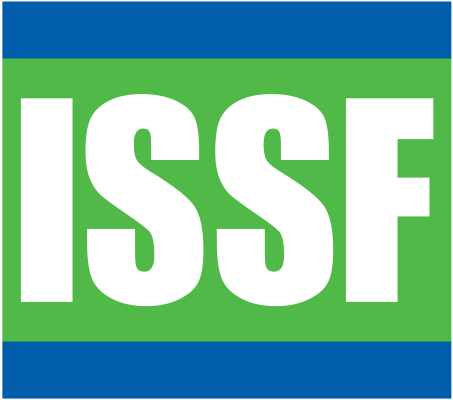International Commission for the Conservation of Atlantic Tunas (www.iccat.int)
There is one main binding conservation measure covering tropical tuna stocks (bigeye, yellowfin) that amends previous recommendations, and sets out a multiyear management plan. The main provisions are summarized below.
Bigeye:
- Total allowable catch (TAC) with catch limits given to members. The measure includes detailed provisions for countries to be penalized with lower quotas if their limits are exceeded
- A capacity limitation (country-specific) for the number of longline and purse seine vessels over 20 m in length
- The establishment of a record of vessels actively fishing for bigeye
Yellowfin:
- An overall yellowfin TAC (not allocated by country)
- The establishment of a record of vessels actively fishing for yellowfin
ICCAT has also adopted conservation measures for specific albacore tuna species, including North Atlantic, South Atlantic, and Mediterranean. The requirements of the measures for the northern and southern stocks include an established TAC, catch reporting, and placing a cap on vessel numbers by country. There are also applicable fishing capacity limits for some of these stocks. If fishing for these species, fishers must become aware of the specific requirements.
The Atlantic bluefin tuna is found in the north Atlantic and the Mediterranean Sea, and is composed of two stocks: western Atlantic, and eastern Atlantic and Mediterranean (these stocks do mix as well). Because of past overexploitation, the stocks—particularly the eastern stock—are highly managed, with many regulations in place. For the western stock, the primary conservation measures are a TAC, a minimum size requirement, and a prohibition on directed fishing in the Gulf of Mexico and transshipment at sea.
The eastern stock has a TAC and other measures to ensure that this rebuilding stock continues to improve, such as:
- Management of fishing fleet capacity
- Seasonal closures (6 months for longliners)
- Minimum sizes (8 and 30 kg, depending on the fishery)
- A record of authorized fishing vessels
- Weekly catch reporting by ICCAT members
- Vessel Monitoring Systems (VMS) for all vessels over 15 m
- Required catch documents
- Boarding and inspection activities
Bycatch Measures:
- No more than 5 percent of total shark weight can be shark fins
- Encourages the release of live sharks in fisheries that do not target sharks
- Limits mortality on porbeagle and North Atlantic shortfin mako
- Prohibits the retention of bigeye thresher, oceanic whitetip, several species of hammerhead sharks, and silky sharks. All of these measures have a reporting requirement associated with them
- Prohibits the retention of shortfin mako on board vessels flagged to countries that do not report catches for this species
- Requires the use of safe-handling practices, such as the use of line cutters and dehooking devices for sea turtles
- Specific reporting requirements for sharks, sea turtles and seabirds
- Catch limits (by country) on blue and white marlin
- Requires longline vessels fishing south of 25° S to use two measures from a choice of bird-scaring line, night setting, and line weighting. Between 20°– 25° S, vessels are required to use a bird-scaring line.
ICCAT has also established penalties for Members that do not report annual catch data (including zero catches) by prohibiting them from retaining such species in the following year.

